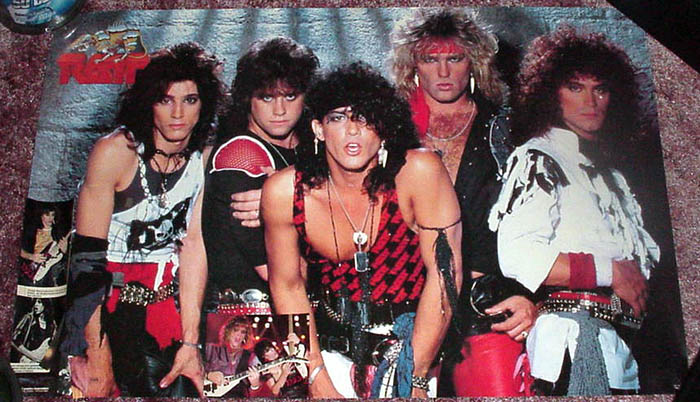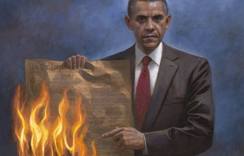Economy Creates 163,000 New Jobs but Rate Rises to 8.3%
The U.S. economy closed out an otherwise weak second quarter by creating more jobs than expected, with 163,000 new positions added, but the unemployment rate rose to 8.3 percent.
Markets reacted positively to the announcement, with stock futures indicating gains at the Wall Street open. Economists had been expecting 100,000 new jobs.
As the country struggles to gain growth traction, the unemployment rate held above 8 percent for the 41st consecutive month, according to the latest report from the Bureau of Labor Statistics.
"While the monthly gain is still relatively small by historical standards, it might help spark somewhat higher consumer optimism and spending," Kathy Bostjancic, director of macroeconomic analysis at The Conference Board, said in response to the report.
Despite the seemingly good news, the report's household showed that the actual amount of Americans working dropped by 195,000, with the net job gain resulting primarily from seasonal adjustments in the establishment survey. The birth-death model, which approximates net job growth from newly added or closed businesses, added 52,000 to the total.
The household survey also showed 150,000 fewer Americans in the workforce.
In all, the government said private payrolls added 172,000 positions — about in line with Wednesday's report from ADP and Macroeconomic Advisors — while government subtracted 9,000.
Professional and business services led the job gains with 49,000 new positions, while the hospitality industry added 29,000 and manufacturing grew by 25,000.
The average work week held steady at 34.5 hours while average hourly earnings rose 2 cents to $23.52.
June's anemic 80,000 gain was revised down to just 64,000.
The first quarter of the year saw an average of 225,000 new positions a month, a figure that has dropped off considerably in the second quarter and helped fuel the political debate over which candidate — President Obama or Republican Mitt Romney — is better suited to bring the economy out of its malaise.
While the figures themselves have been gloomy enough, there is considerable debate over whether the Labor Department's headline numbers present the true picture.
A measure that takes into account those who have stopped looking for jobs as well as those working part-time for economic reasons has hovered near 15 percent. The so-called "real" unemployment rate, or U-6 measure, is above 20 percent in Nevada and California.
On a national level, that more encompassing rate edged higher to 15.0 percent.
Unemployment for blacks fell from 14.4 percent to 14.1 percent, while the rate for Latinos slid from 11 percent to 10.3 percent.
http://www.cnbc.com/id/48480887














